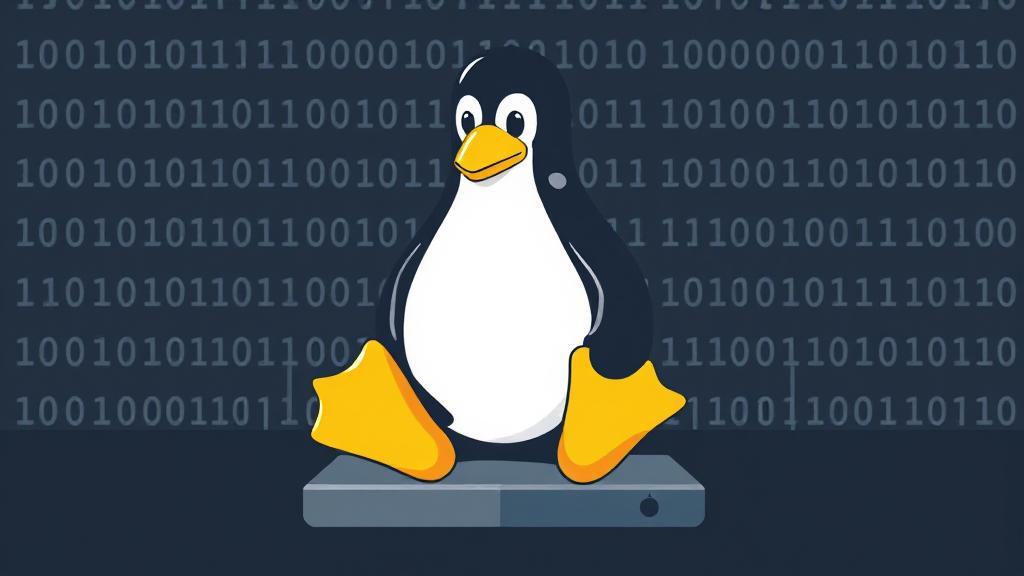Introduction to Linux
Linux is a powerful and versatile operating system that has become a cornerstone of modern computing. From powering the world's servers to running on personal computers and embedded systems, Linux's influence is vast and far-reaching. Whether you're looking to learn more about operating systems, improve your technical skills, or find a reliable platform for your projects, Linux offers something for everyone.
A Brief History
Linux was created by Linus Torvalds in 1991 as a free and open-source alternative to the proprietary UNIX operating system. The GNU Project, initiated by Richard Stallman in 1983, laid the groundwork by developing many of the tools and utilities that would later become part of the Linux system. The collaborative nature of open-source software allowed Linux to evolve rapidly, leading to the robust and flexible system we know today.
Key Components
The Kernel
The kernel is the heart of Linux, managing:
- Hardware resources
- Memory allocation
- Process scheduling
- System security
- Device communication
Shell
The shell provides a command-line interface (CLI) for users to interact with the system. Popular shells include:
- Bash (Bourne Again Shell)
- Zsh
- Fish
- Tcsh
File System
Linux follows a hierarchical file system structure:
Popular Linux Distributions
Different distributions cater to various use cases and user experience levels:
| Distribution | Best For | Notable Features |
|---|---|---|
| Ubuntu | Beginners | User-friendly, extensive software support |
| Red Hat | Enterprise | Professional support, stability |
| Arch Linux | Advanced users | Rolling releases, customization |
| Linux Mint | Windows converts | Familiar interface, multimedia support |
For a more detailed comparison, visit DistroWatch.
Security Features
Linux is renowned for its robust security architecture:
Access Control
- User permissions
- File ownership
- SELinux/AppArmor
Network Security
- Built-in firewall (
iptables/nftables) - Secure shell (SSH) for remote access
- Regular security updates
Desktop Environments
Linux offers various desktop environments to suit different preferences:
- GNOME: Modern, minimalist interface
- KDE Plasma: Feature-rich, customizable
- Xfce: Lightweight, traditional
- MATE: Classic GNOME 2 fork
The Power of the Terminal
"The command line is where you can truly harness the power of Linux."
Basic commands every user should know:
For a more comprehensive list of commands, visit the Linux Command Line.
Community and Support
The Linux community is vast and supportive, with resources available through:
- Forums like Ask Ubuntu
- Documentation (Linux Documentation Project)
- IRC channels
- Local Linux User Groups (LUGs)
Applications of Linux
Linux is incredibly versatile, with applications spanning:
- Servers: Web servers, database servers, and file servers
- Supercomputers: The majority of the world's top 500 supercomputers run on Linux
- Embedded Systems: Routers, set-top boxes, and automotive systems
- Mobile Devices: Android is built on a Linux kernel
- Desktop Computing: Personal computing with user-friendly distributions
For further exploration, consider visiting the official Linux website or exploring the wealth of information available on GitHub, where the Linux kernel is actively developed.
